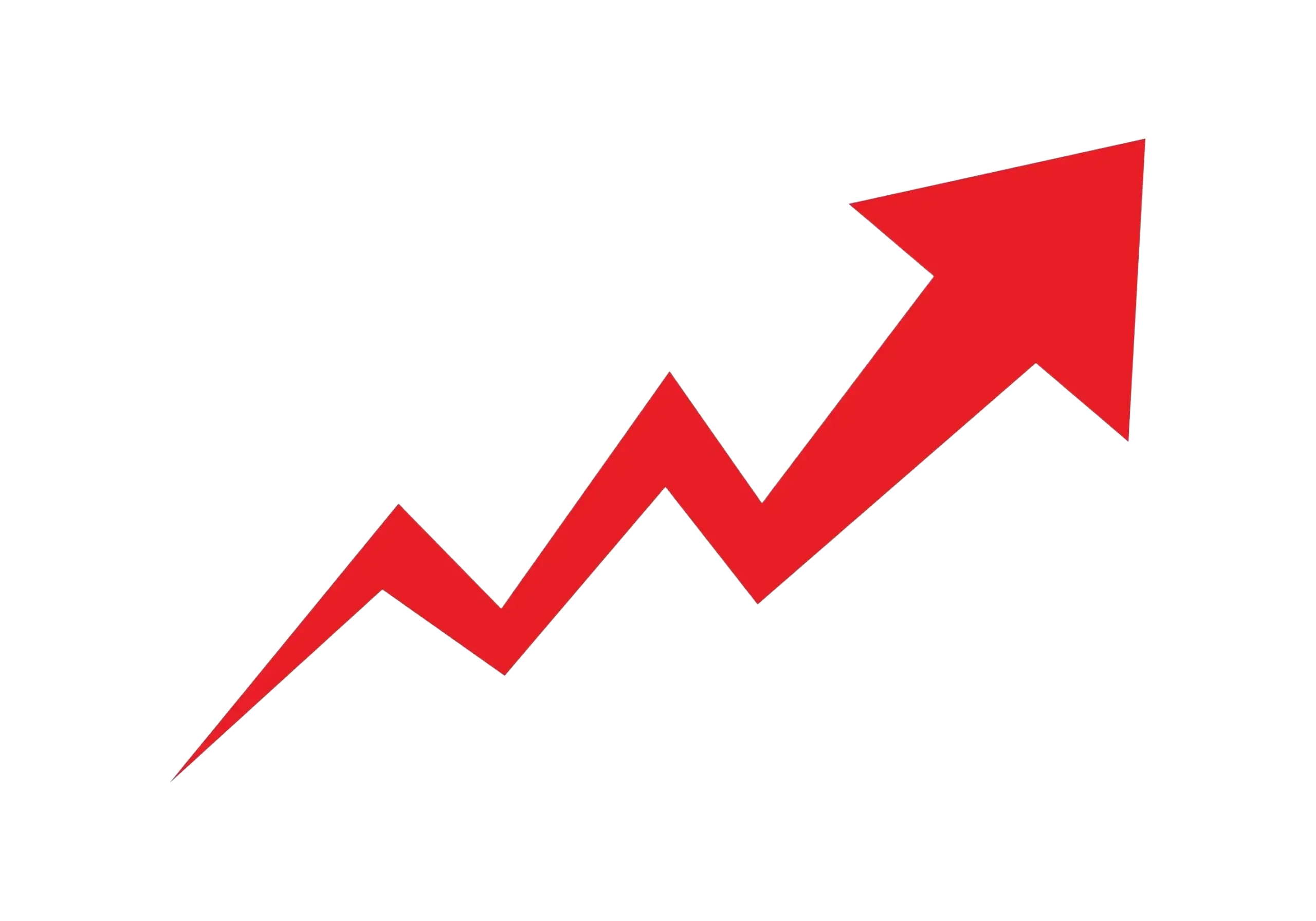Key Takeaways
Backlinks vs. Referring Domains: Backlinks are inbound links referring domains are websites those links originate from.
Discrepancy Explained: It’s normal to have more backlinks than referring domains due to multiple links from a single domain. Tools like Google Search Console and Semrush can track these metrics.
SEO Strategy: Optimal SEO benefits from fewer, high-quality backlinks from strong referring domains rather than numerous links from lesser sources. The first link from a domain offers the most ‘link juice.’
Ideal Link Profile: A perfect backlink comes from a reputable, relevant domain, with a DoFollow tag, rich anchor text, and placed within relevant content. Ideal referring domains are industry leaders with high organic traffic and selective linking practices.
Building Your Profile: Enhance your backlink profile by creating valuable content like infographics, research, and case studies. Employ tactics such as broken link building, reclaiming lost links, and engaging with platforms connecting experts to journalists.
Affiliate Disclosure: I’m partnered with Semrush, a product I like and use daily. If you need a top-notch SEO tool sign up for a Free 7-Day Trial through my link somewhere on this page and I’ll get a small commission at no extra cost to you. Thanks!
What Is a Backlink?
A backlink is an inbound link to your website from other sources on the internet.
Search engines view backlinks as votes of confidence in your content by your peers.

Backlinks remain one of the key factors Google’s algorithm considers when ranking content and websites in SERPs.
A strong and diverse backlink profile is essential for those aiming to rank highly on Google.
More on what the perfect backlink looks like will be discussed later in this article.
What is a Referring Domain?
A ‘domain’ is another word for ‘website’, so a referring domain is the website from which a backlink originates.
The stronger, more authoritative, and trustworthy a referring domain is, the better it is for SEO.
What’s the Confusion About?
The confusion often lies in the discrepancy between the number of referring domains and the number of backlinks pointing to your website.
This discrepancy is easily explained: your website can have more backlinks than referring domains since some domains may link multiple times to your site.

Hence, these numbers will never be the same and can vary greatly.
For instance, my website, according to Semrush, has 446 referring domains and over 1,500 backlinks, which is 3X more.
This is completely normal and expected.
How to Check Your Backlinks and Referring Domains?
There are several methods to check your backlinks and referring domains.
One free method is using Google Search Console. Navigate to ‘Links’ on the left-hand side menu, click ‘More’ under ‘Top Linking Sites’ to see a list of referring domains, the number of links they have to your site, and the page count.

Another method involves paid tools like Semrush. Go to ‘Domain Overview’, enter your domain, click ‘Search’, then select ‘Backlink Analytics’ to view your backlinks and referring domains, among other data.

Can a Website Have More Referring Domains than Backlinks?
It’s not possible for a website to have more referring domains than backlinks, as each backlink originates from a domain.
Typically, websites have significantly more backlinks than referring domains.
A rare exception might occur with new websites due to metric display errors in the tools used for checking these figures.
Is It Better to Have More Backlinks or More Referring Domains for SEO?
For SEO, fewer backlinks from stronger domains are preferable to more backlinks from weaker ones.
When comparing, assuming all referring domains are of equal strength, having more referring domains is better.

This is because only the first backlink from a domain fully benefits your site in terms of ‘link juice’.
While subsequent links have value, they are not as impactful.
Characteristics of a Perfect Backlink
‘Perfect’ backlinks are exceptionally rare and potent.
They typically can’t be bought, coming from esteemed domains that don’t risk their reputation by selling backlinks.
A ‘perfect’ backlink features:
- A DoFollow tag – crucial for passing on ‘link juice.’
- Origin from a powerful, trusted, niche-relevant domain
- Contains rich (but not overly optimized) anchor text
- Placed within the main body of content relevant to both the backlink and your website.
Characteristics of a Perfect Referring Domain
Earning backlinks from ‘perfect’ domains is as rare as it is valuable.
Characteristics of ‘perfect’ referring domains include:
- Industry or niche leaders trusted by Google
- Significant organic traffic, indicating search engine trust
- Selective linking, enhancing the potency of their backlinks.
SEO Best Practices for Increasing Your Referring Domains and Backlinks
Acquiring backlinks without paying has become increasingly challenging as more website owners recognize their value.
Yet, it’s far from impossible. For instance, I secured backlinks from industry leaders like neilpatel.com (DR 91) and rockcontent.com (DR 86) by publishing content they wanted to reference.

Content that attracts links is known as ‘linkable assets.’ Examples include:
- Statistical Posts
- Infographics
- Tools and Calculators
- Original Research and Data
- Case Studies and Research Papers
- Templates and Checklists
Safe methods for building backlinks include:
- Broken Link Building – replacing broken links on relevant sites with your content.
- Reclaiming Lost Links – politely inquiring about a missing backlink.
- Testimonials and Reviews – can earn backlinks as businesses often display these prominently.
- Turning Mentions into Links – search for your name, check each mention for a link, and reach out if it’s missing.
- Serving as a Resource to Journalists – join platforms like HARO connecting journalists with experts and provide quotes for articles, usually accompanied by a backlink.

